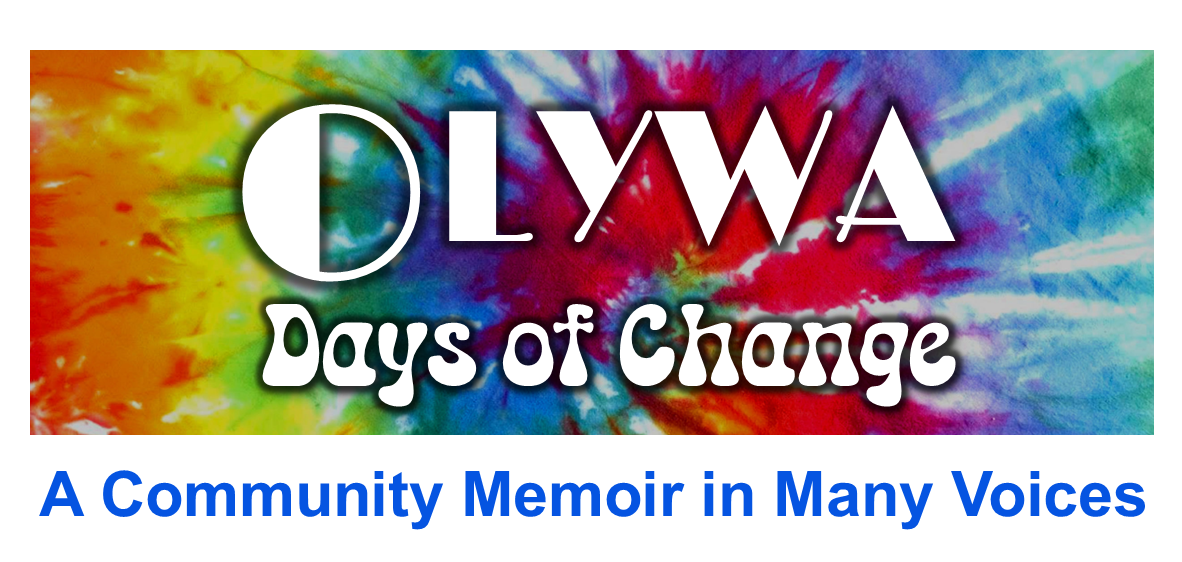One Moment of Successful Activism – Ramona Bennett
I was elected to Puyallup Council in 1968. The BIA continued to recognize the prior council for a long time. Our government and members were unrecognized, unprotected, and unserved. We had done the armed fishing camp which eventually [resulted in] the Boldt Decision. I was now ready to push for services.
